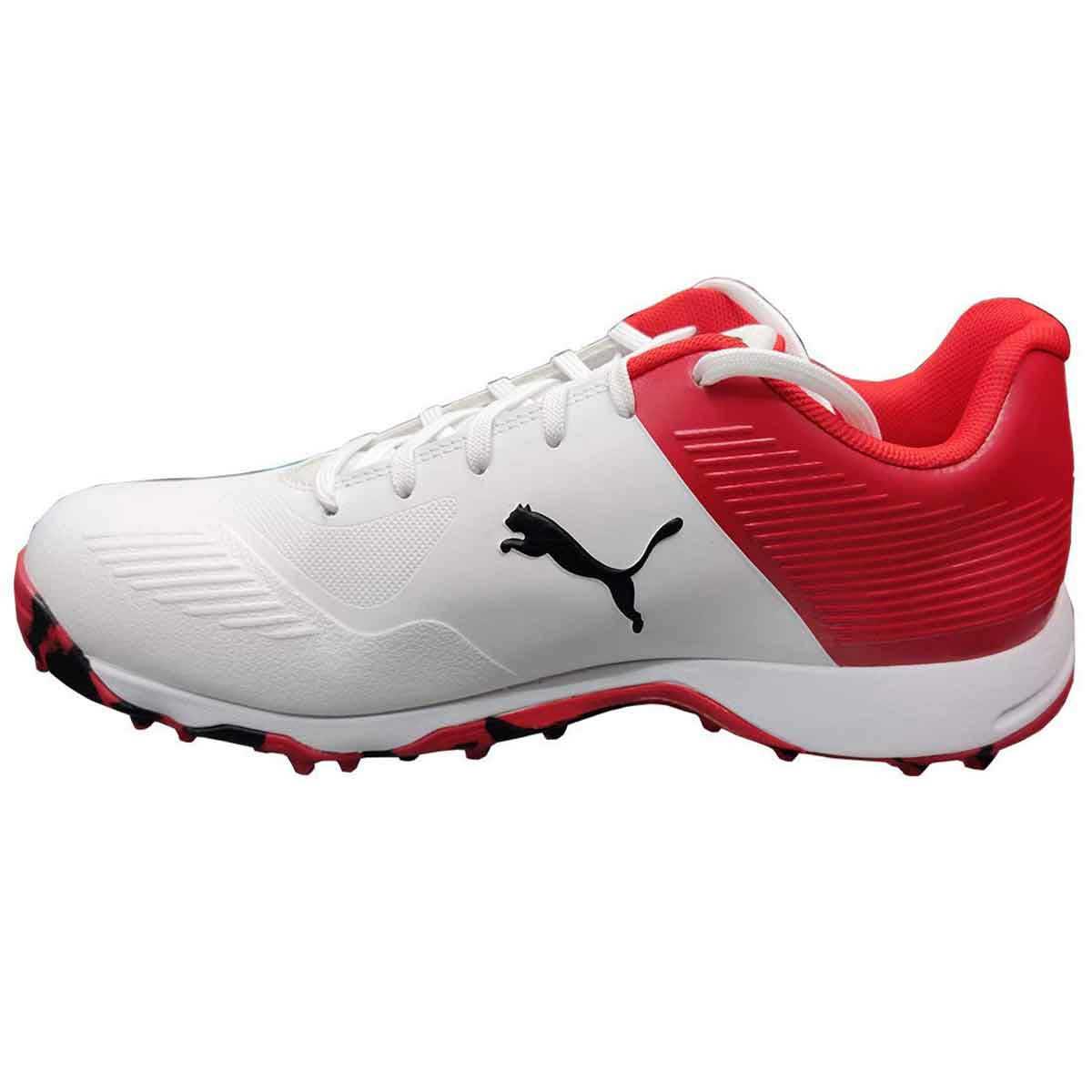

He carved them by hand and were eventually worn during the 1936 Olympics by Jesse Owens. In an effort to enhance the quality of spiked athletic footwear, he transitioned from a previous model of heavy metal spikes to attempting to utilize canvas and rubber.

Īdditionally, Adolf Dassler, the founder of Adidas, assisted in the development of track spikes for multiple events. In 1934, American football player and coach Pop Warner recommended them for running events in his widely distributed book, "Pop" Warner's book for boys. They were made famous by 100m Olympic champion Harold Abrahams (who would be immortalized in the Oscar winning film Chariots of Fire) in the 1924 Summer Olympics held in Paris. The company began distributing shoes across the United Kingdom and were worn by British athletes. Foster and Sons's revolutionary running pumps appear in the book, Golden Kicks: The Shoes that changed Sport. 25.) "Thy shoes shall be iron and brass and as thy days shall thy strength be." įor pioneering the use of spikes, J.W.

We shall only add, that Moses seems, at least according to our rendering, to have some allusion to shoes, either plated, or spiked, on the sole, when he says, ( Deut. Whether the apostle here means stout, well-tanned leather, leather well prepared, by his "preparation of the gospel of peace" or shoes which had spikes in them, which, running into the ground, gave a steadfastness to the soldier who wore them, may come under remark hereafter. "Having the feet shod with the preparation of the gospel of peace " not iron, not steel but patient investigation, calm inquiry assiduous, laborious, lasting if not, rather, with firm footing in the gospel of peace. As written in the 1852 publication of Calmet's Dictionary of the Holy Bible regarding military arms at the time of Paul the Apostle (c. Track spikes had become popular in England by the 1860s, but the concept of spikes in shoes to give running traction has been around much longer.


 0 kommentar(er)
0 kommentar(er)
